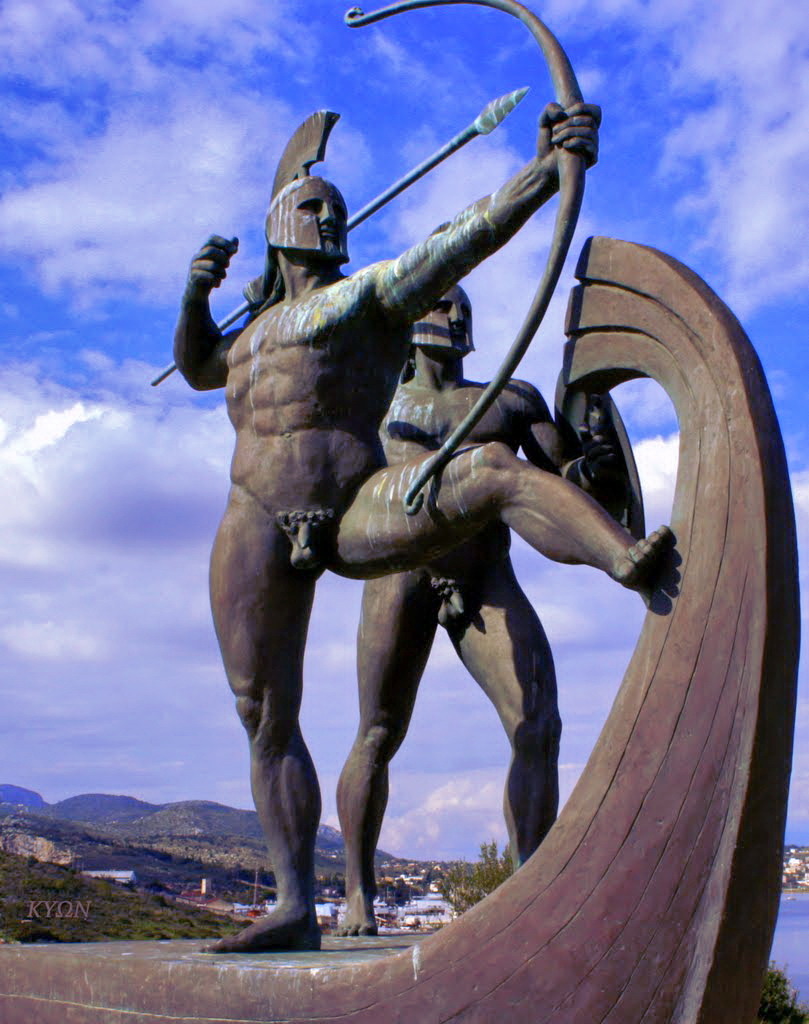1226
1227
1228
1229
1230
1233
1234
1235
1237
1239
1240
1242
1243
1245
1246
1247
1248
1250

























